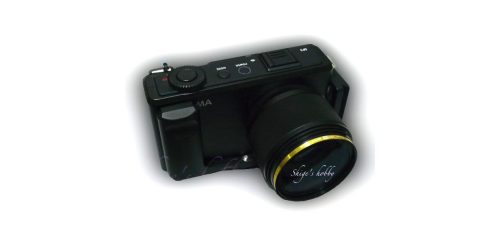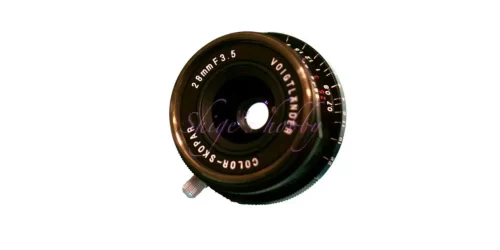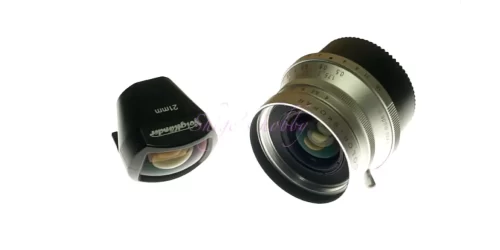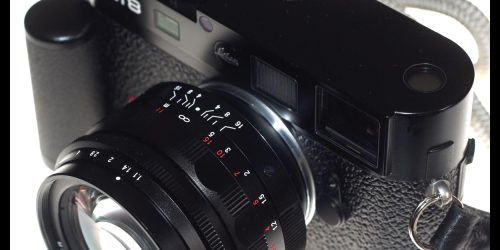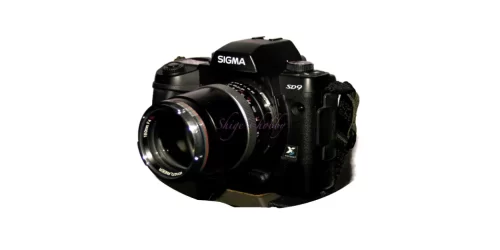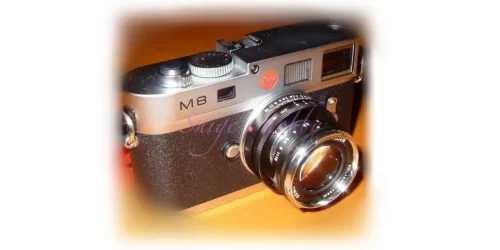Voigtlander COLOR HELIAR SL 75mm F2.5
Review and Photo example of the Color Heliar 75mm F2.5.
Table of contents
Gallery
- The examples were taken with the SONY α900 and SONY α7sII.
Review
Voigtlander Color Heliar SL is a 75mm focal length single-lens reflex lens.
The images are sharp even when the aperture is wide open, the edges are clearly depicted, and the blur in the front and back is not bad, so I don’t really understand why it’s not popular, but it’s a lens that I personally use.
The Color Heliar SL 75mm is not popular among the Voigtlander SL lenses, and although there are only a few on the used market, the price has not increased.
Looking at the lens configuration diagram, I wonder if the reason for its unpopularity is that it has only a spherical lens and looks mediocre with a deformed double Gaussian lens.
Compared to the popularity of the 125mm model in the same series, I feel that the market evaluation is low. Additionally, it is not included in the renewal of Cosina, the manufacturer, and as far as the SL series is concerned, no successor lenses to this lens have been released. Even with the same focal length of 75mm, a variety of rangefinder lenses have been released, from the Color Heliar F2.5, which has the same lens configuration, to the Heliar Classic F1.8, Nocton F1.5, and Ultron F1.9.
The SLR version of the Color Heliar 75mm has the same lens configuration as the L39 screw mount version, but the shortest shooting distance is 0.4m, which means the SLR version is closer and has a longer flange back. Therefore, it has the advantage of being able to be used with other cameras using various mount adapters. Recent mirrorless cameras have long flange backs even with L39 screws, so it may not be said that there is much of an advantage when it comes to mounting.
There are basically no problems with the operation, but the one thing that bothers me personally is that the focus ring rotates counterclockwise, which is the opposite of what I use with Leica R-mount lenses, which I often use with manual focus (hereinafter referred to as MF) lenses.
With an autofocus lens, you don’t need to use MF that much, so you don’t have to worry about the rotation direction of the focus ring. However, in the case of MF lenses, they are the main focus of the shooting operation, so I am careful not to carry around lenses from different manufacturers that rotate in different directions at the same time.
There are almost no types of lenses for single-lens reflex cameras with a focal length of 75mm, and if you look for one, you’ll only find Russian-made cine lenses and Pentax 645 lenses. As for lenses with close focal lengths, Pentax sells lenses with a K mount of 77mm, and Sigma has lenses with delicate focal lengths of 70mm. As the performance of zoom lenses has improved, single-focal-length lenses have become less popular, but we can’t help but hope that unique single-focal-length lenses will continue to be sold in the future.
I purchased the PENTAX-K mount version of this lens, but I removed the aperture pin and used it with the SIGMA SD10. Details can be found on the SD9 and SD10 pages, but the mount shape of the Sigma SA mount is the same as the Pentax K, so you can attach the lens to the camera without any extra protrusions. The SA mount has a flange back that is 1.5mm shorter, so it becomes infinite at about 6m, resulting in a decline in close-range performance.
When the SD9 and SD10 were released, it was rare to see Sigma SA mount lenses on the market, and it was a time when many people were searching for lenses that could be used with their cameras.
As long as the difference in flange back is tolerable, it is important to attach it to the camera first, and the Pentax K mount lens, which has the same shape as the SA mount, was valuable.
The drop in close-up performance due to the difference in flange back can be compensated for by using an extension tube, and since other companies’ lenses can be used from infinity, I enjoyed shooting with them on the SD9 and SD10.
As expected, this was the only lens that I had modified down to the mount part, and the rest was using an M42 screw mount lens via the K-M42 adapter and SA-M42 adapter. This lens has a modified mount, so there is no way to sell it secondhand. When I got the Sony α900, I took the α mount connection parts out of a junk lens, processed them, bolted them to the lens side, and changed to the Minolta α mount, which I still use today.
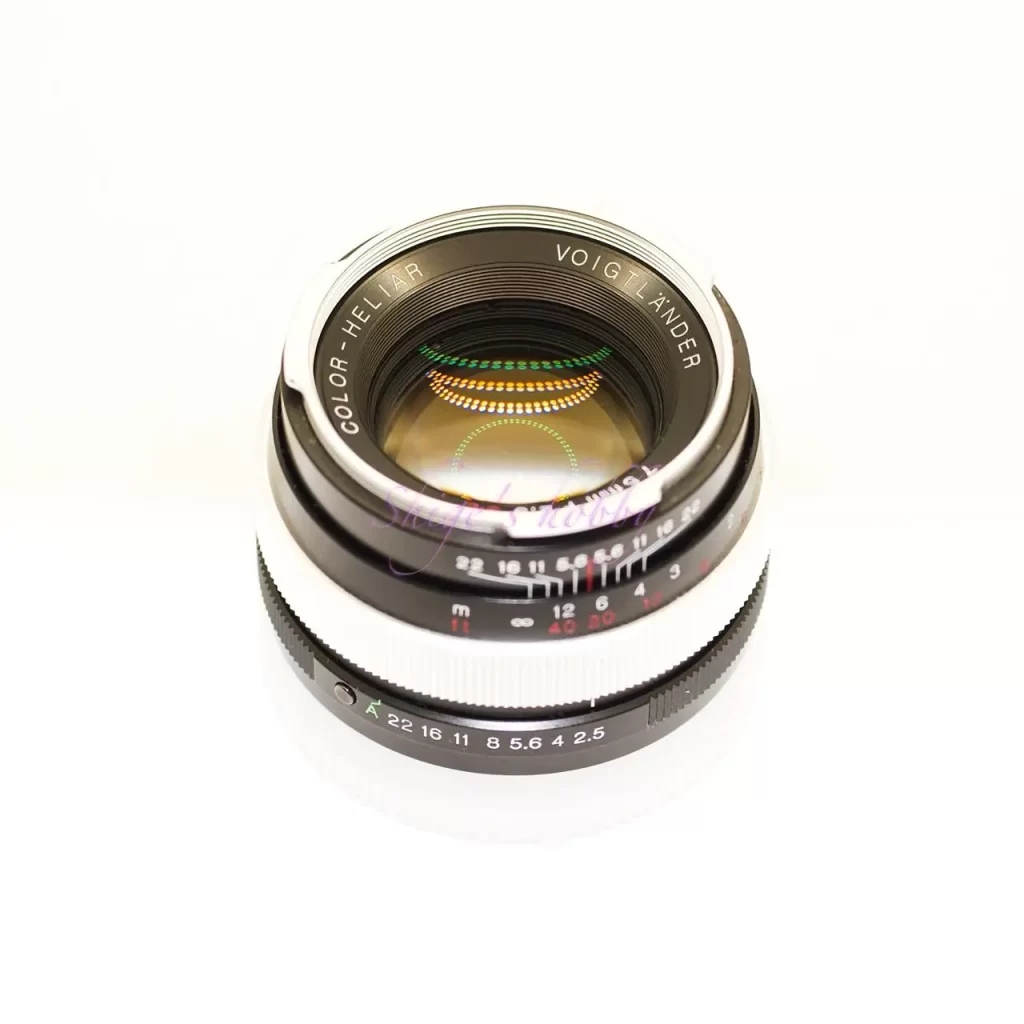
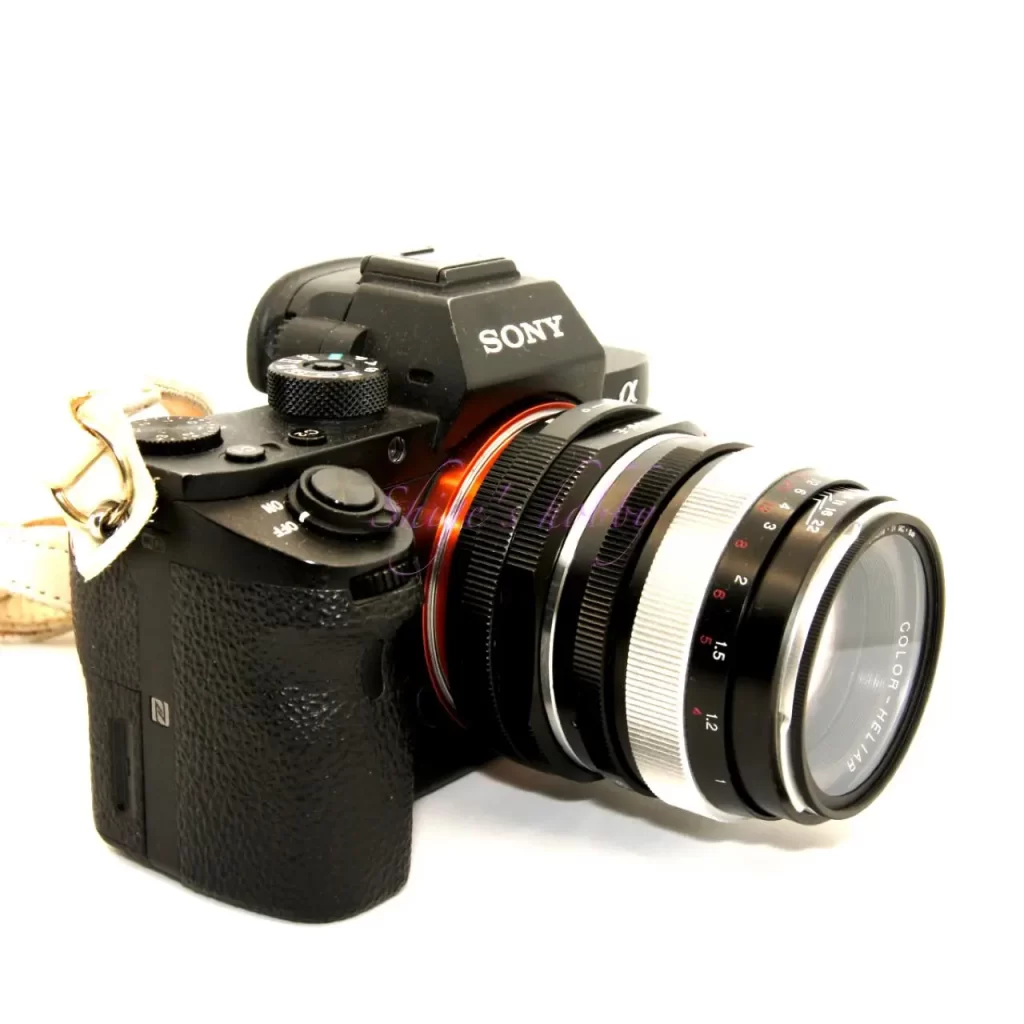
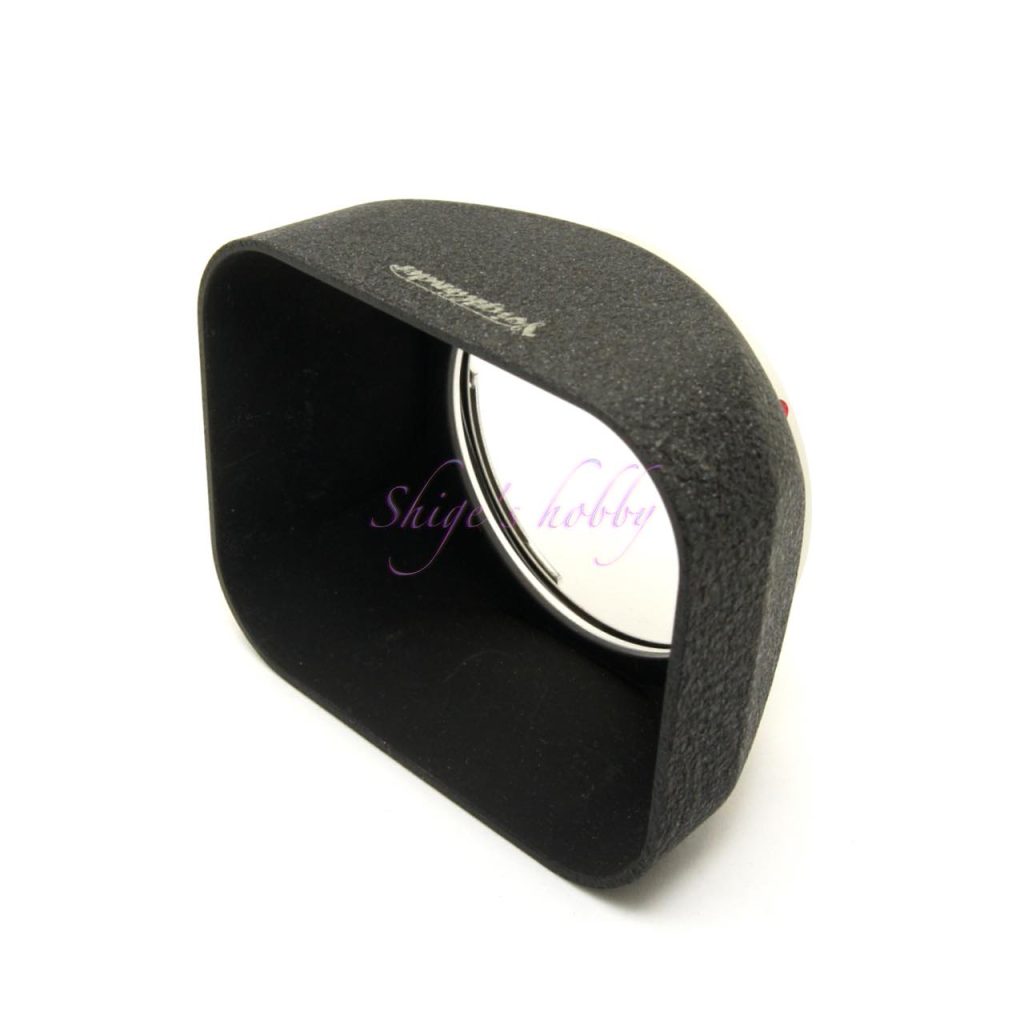
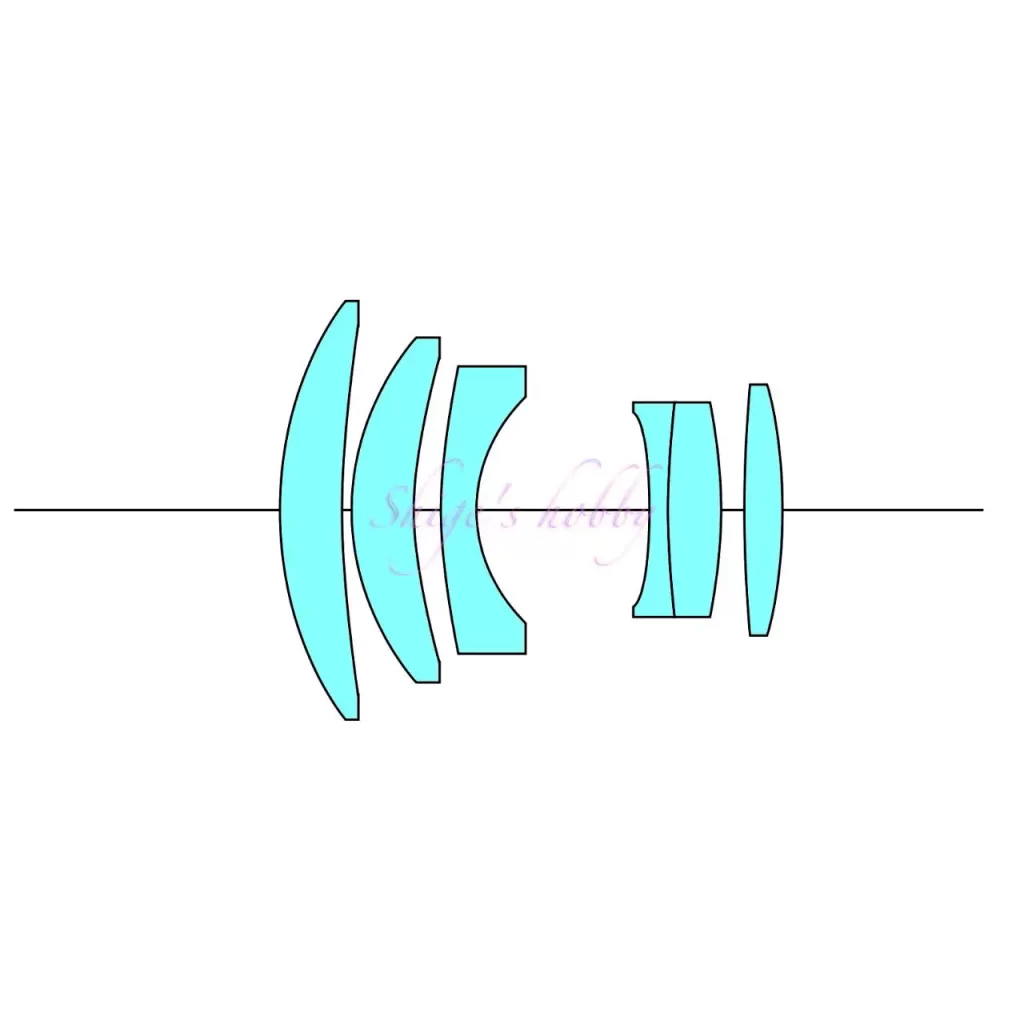
Specification
- The following is a list of early COSINA / Voigtlander brand lenses for SLR cameras. Two lenses, 15mm and 12mm, are excluded from the table below because they are special lenses that are used with the mirror up.
| Items | ULTRON | COLOR HELIAR | APO LANTHAR | Macro APO LANTHAR | APO LANTHAR |
| Focal length(mm) | 40 | 75 | 90 | 125 | 180 |
| Max aperture | 2 | 2.5 | 3.5 | 2.5 | 4 |
| Min aperture | 16 | 22 | ← | ← | ← |
| Leaf blade | 9 | ← | ← | ← | ← |
| Lens Construction | 5群6枚 | ← | ← | 9群11枚 | 7群9枚 |
| Min distance(m) | 0.4 | 0.7 | 0.5 | 0.38 | 1.2 |
| Lens length(mm) | 29.5(Ais) | 40.2(Ais) | 57.6(Ais) | 88.2(Ais) | 79(Ais) |
| Max diameter(mm) | 63.5 | ← | ← | 76 | 65.6 |
| Filter Size(mm) | 52 | 49 | ← | 58 | 49 |
| Weight(g) | 255 | 250 | 390 | 690 | 485 |
| Release date | 2002.05 | 2000.07 | 2002.03 | 2001.06 | 2003.08 |
| Price(Yen/No-tax) | ¥45,000 | ¥50,000 | ¥55,000 | ¥95,000 | ¥65,000 |
Reference links
Update history
- 2024.03.29:modified article
- 2023.11.06:firest post
Afiliate Link
- Some external links are advertisements, and clicking them may generate income for the site administrator. I would appreciate your understanding and cooperation in maintaining my page.
